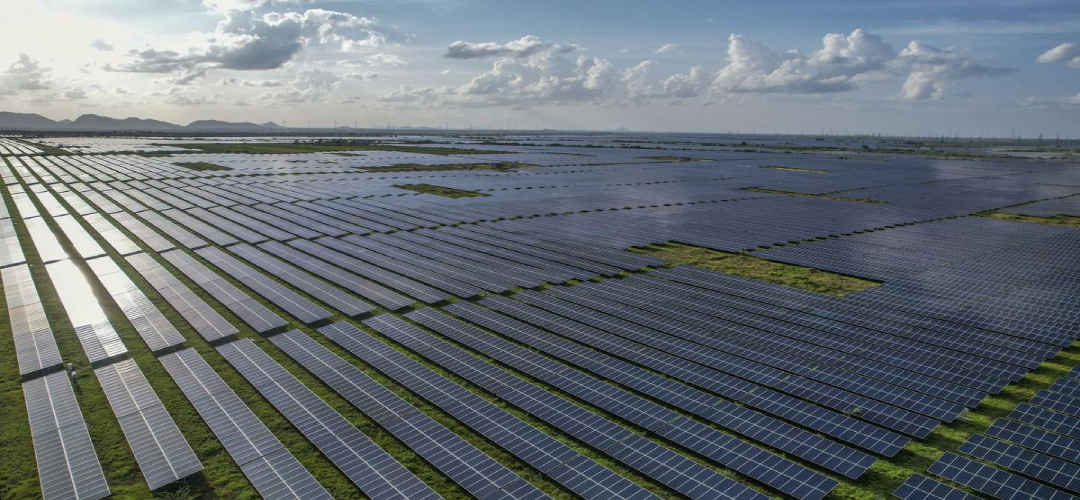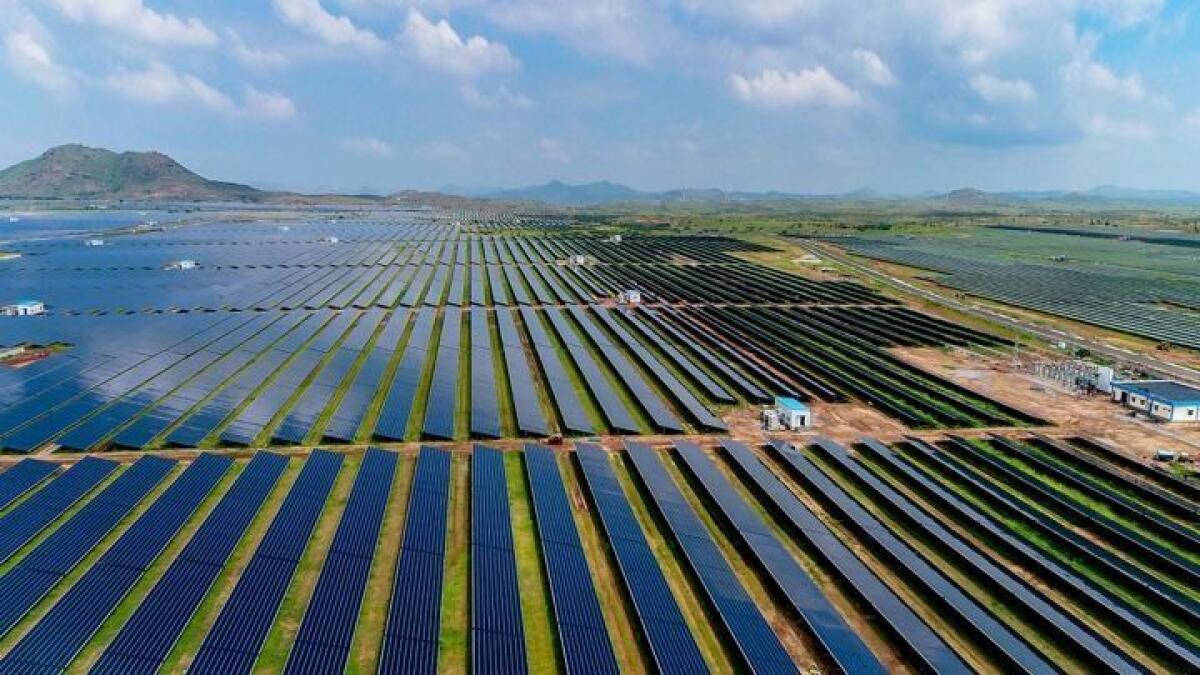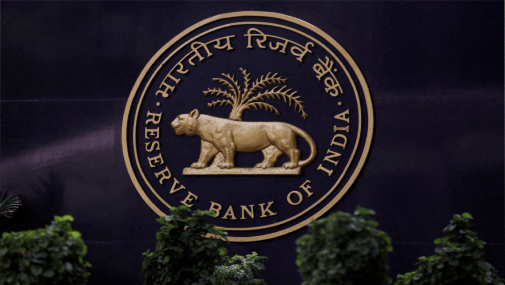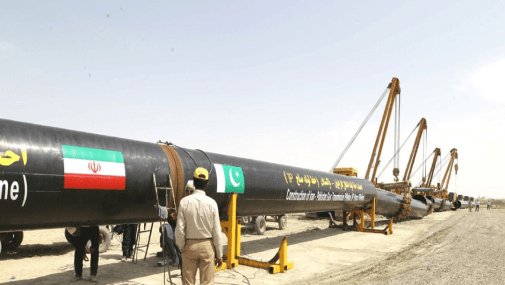Solar Energy’s Shadow Side
April 27, 2024 | Expert Insights

The recycling industry for renewable energy materials is still in its infancy. Consequently, it is expected that India, like other countries, faces issues in this domain. Yet, India's solar waste, in particular, poses a sizable challenge that looms large and long-term.
Background
India has vast solar parks, notably the Pavagada plant 100 miles north of Bangalore, the world's third-largest solar power plant. It features 25m panels across a 50 square km site and a capacity of 2050MW of energy. The country has 11 similar solar parks and plans to install another 39 across 12 states by 2026.
However, the sunny solar boom has a shadow side - the waste it generates. The extent of waste poses a serious problem given that the recycling process is not straightforward and that the quantities of waste are projected to multiply going forward. According to a study by a climate think tank, the Council on Energy, Environment, and Water (March 20, 2024), India generated about 100 kilotonnes of solar waste in the financial year 2022-23. This includes the waste created by solar panels made of glass, aluminium, silicon, rare-earth elements, and power inverters and wiring.
Despite manufacturers’ claims that the panels last decades, they often degrade much sooner. They can break during installation and transport or from exposure to monsoons and typhoons.
While the law stipulates basic waste management regulations, the responsibility is ultimately on private companies that own the solar plants. As per regulations, waste from the plants is supposed to be transported to e-waste contractors authorised by the Central Pollution Control Board (CPCB) by a stipulated time limit. However, logistical and economic feasibility pose a challenge. A single contractor company often manages logistics for plants across the country. Logistics and transport become expensive since most solar plants are in remote areas.
Further, individual components of the plants don't offer much monetary value once they have been dismantled. However, as is the case with most sectors in India, a network of informal operators has stepped in to collect, transport, and recycle panels. Informal workers find ways to extract value from the under-regulated but flourishing renewable power sector.
Under India's E-Waste Management Rules 2022, solar panel manufacturers must ensure their products' waste is collected, stored, dismantled, and recycled. Additionally, according to CPCB guidelines, panel and cell waste must be stored up to 2035.

Analysis
India's solar capacity has expanded 23 times over the last decade, and this sharp upward trend will likely continue. Given India's target of 280GW of solar power by 2030, of which 70.1GW is installed, more than 600,000 tonnes of solar waste will be accumulated by then.
Five states—Rajasthan, Gujarat, Karnataka, Tamil Nadu, and Andhra Pradesh—are projected to produce around two-thirds of this waste. These states host eight of India's ten biggest solar parks.
Solar waste encompasses the waste generated from manufacturing solar modules and the waste ensuing through the project's lifetime (field waste). The discarded photovoltaic (PV) modules contain minerals like silicon, copper, tellurium, and cadmium. The mines ministry has classified these minerals as critical for the country's economic development and national security, with India relying on imports to meet its requirements for these PV materials. For this reason, recycling solar waste will help reduce import dependency and improve mineral security. The CEEW and the Ministry of New and Renewable Energy (MNRE) have observed that solar PV recycling is important for developing renewables.
There are two broad methods of recycling solar panels. The first is conventional or bulk material recycling, which relies on mechanical processes like crushing, sieving, and shearing waste. While this works for the majority of recycled materials—glass, aluminium, and copper—more valuable materials like silver and silicon can only be recovered through high-value recycling. This second kind of recycling involves mechanical, chemical, and thermal processes.
A circular solar industry will help strengthen domestic supply chains. However, solar recycling technologies and the solar energy industry are still in their nascent stages, and the policies have yet to be enumerated. Some recommendations for managing solar PV waste include setting guidelines for storing and processing solar waste and for solar equipment producers to install waste collection and storage centres to make the system more localised.
Assessment
- Additionally, the supply chain will be hard-pressed for critical minerals that make up PV panels.
- Addressing the logistical and economic challenges of recycling solar waste can help resolve these significant issues.
- India’s solar waste is set to magnify as the rapidly growing solar power industry gallops into the future.








Comments